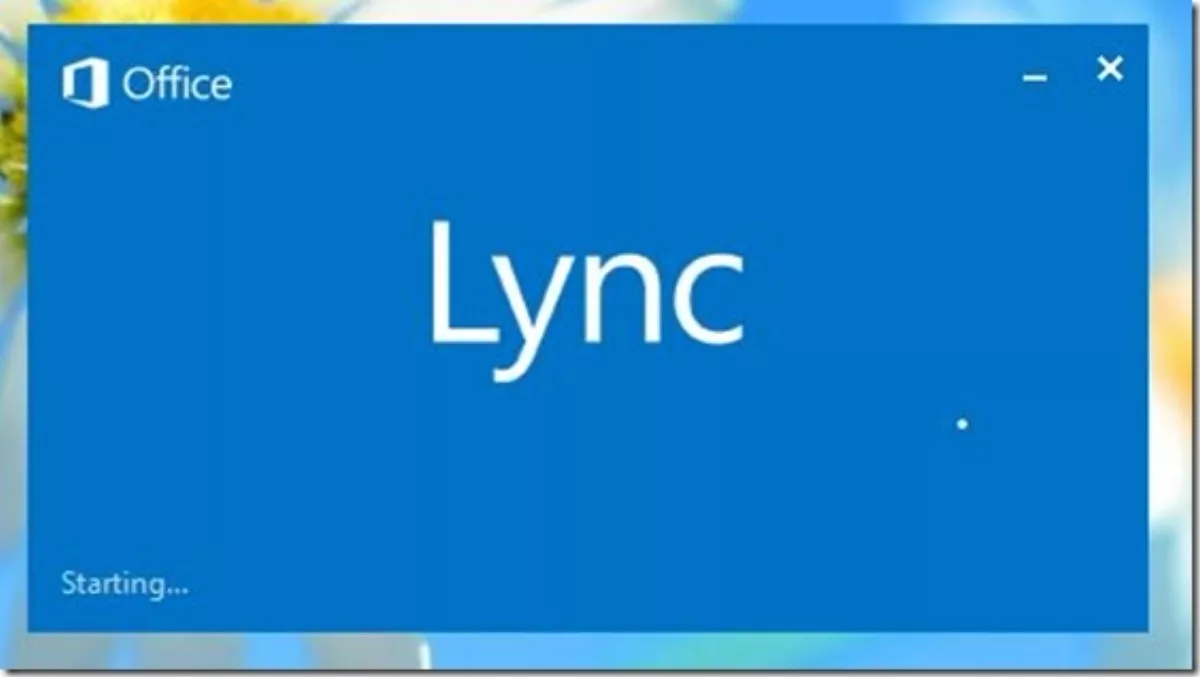
Examining Lync Enterprise Voice and Conferencing...
A properly integrated Microsoft Lync deployment is wonderful, says Deanne Jessep, UCFX director of business development, but there are pitfalls to avoid.
When you complete an install of Microsoft Lync instant message (IM) and presence you can get a pretty good feeling that it works just like the rest of the Microsoft stack, i.e. it has pretty straightforward installation requirements, and a lovely click through wizard.
That’s where the comparison ends though. You might get IM and presence installed in its simplest mode, but when you try to get it working in high availability and for users outside your network on mobiles and laptops you might quickly find yourself and/or your customer in the deep end of the pool.
Add Enterprise Voice and Conferencing workloads to the solution and you can soon feel like the 600 pound gorilla is using you as a floatation device.
Characteristics of Mobile Lync access include reverse proxy firewalls, VPN interference considerations, Lync Edge Server installation, and considerations of QoS on hotel internet that you probably never thought you’d have to make.
The uplift to Enterprise Voice and Video Conferencing brings an in depth need of QoS on ythe network, PSTN access though SIP and ISDN gateways, and a huge learning curve on what of 50+ user peripherals and devices do what on the network.
On top of that you will be doing calculations on transcoding, server load balancing, and all of the other considerations when trying to get a real time high demand service running inside a network that has never experienced anything like it in the past.
So, now you’ve ironed out the technical deployment on the core services and switched off the PABX the real fun starts!
How are you going to address attendant consoles, contact centre functionality, and standards based external access for inbound voice and video conferencing guests? What about federation policy? Do you know if you want everyone open to the world? No one? Or some but not others, perhaps with access to some companies not others? All questions that bring a technical configuration along with them.
The good news is that if you have done it before, you are eyes wide open, know the pitfalls before you hit them and most importantly have the requisite skills to work with both IT systems and real time voice/video then you will likely get it right, and the rewards are great.
A properly integrated Microsoft Lync deployment will be one of the best things you have ever done for you or your customers business productivity.
But if you don’t have the skills and experience, you need to look honestly at whether it is worth the risk to yourself and your relationships to just have a go. Options exist to consider partnering or sub- contracting the skills, and by utilising specialist resources you will be in a position to focus on looking after the relationship and getting the best outcome for yourself and your customers.
This article was originally published in the March issue of The Channel Magazine, click here for more details

